We tend to take reproductive rights for granted, but from a historical perspective, they were won almost yesterday. In the 18th and early-19th centuries, abortion was legal before “quickening,” the point at which a woman could feel her fetus move, usually in the fourth month of pregnancy; abortion after that was considered a common-law misdemeanor. From that point on in this country, there have been battles and negotiations over women’s reproductive lives. (For more on how abortion’s past could become its future, click here.)
200 Years of Abortion
1800

1820s–1830s: Abortifacient herbs and fungi such as savin, pennyroyal, and ergot often kill the women who use them. So states begin to pass poison-control measures, the country’s first abortion-regulation statutes.
1821: Connecticut passes the first statutory abortion regulation in the U.S., banning the use of poison to induce abortions after quickening. The punishment is a life sentence.
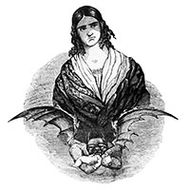
1840s: Abortionist Madame Restell makes a fortune and scandalizes New York society, advertising her abortifacients in newspapers.
1857: The new American Medical Association begins a campaign to criminalize abortion — partly an effort to put midwives and homeopaths out of business.
1869: The Catholic Church condemns abortion at any stage of pregnancy.
1873: Congress passes the Comstock Law, which bans information about and distribution of contraceptives. Twenty-four states subsequently pass similar laws regulating the sale and use of contraceptives.
1880s: Almost all states have laws criminalizing abortion.
1880s: Abortionists’ tools at the Museum of Contraception and Abortion in Vienna — one tool dating as early as the 1880s.
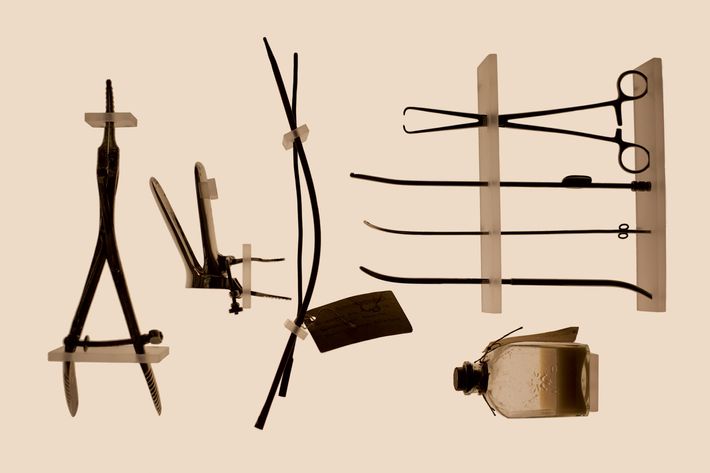
1900
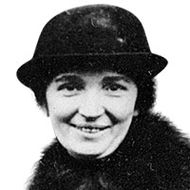
1916: Margaret Sanger is arrested for opening the country’s first birth-control clinic in Brooklyn, the precursor to Planned Parenthood.
1930: Abortion is the official cause of death for 2,700 women, nearly one-fifth of all maternal deaths that year.
1951: Sanger enlists scientist Gregory Pincus to develop a “magic pill,” which will become the first oral contraceptive.
1950s: Women in East Germany use the violently vibrating washing machine the “Schallwäscher” to end unwanted pregnancies by placing it on their stomachs.

1960: The FDA approves its first oral contraceptive, Enovid.
1962: Nearly 1,600 women are admitted to Harlem Hospital Center for incomplete abortions.
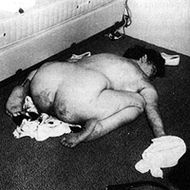
1964: Geraldine Santoro dies in a Connecticut motel after a botched abortion. This harrowing photo is published by Ms. magazine in April 1973 and becomes a symbol of the pro-choice movement.
1965: The Supreme Court rules that an 1879 law criminalizing contraception violates a married couple’s right to privacy, laying the groundwork for Roe v. Wade.
1967: Colorado is the first state to liberalize its laws, allowing abortion in cases of rape, incest, fetal defects, or for mental-health reasons.
1968: A Los Angeles hospital admits 701 women with septic abortions this year, approximately one admission for every 14 deliveries.
1969: The underground Chicago collective Jane performs 12,000 safe abortions between 1969 and 1973.
1970: Hawaii is the first state to legalize abortion. New York repeals its law criminalizing abortion soon after.

1971: The Supreme Court agrees to hear the case of Norma McCorvey (“Jane Roe”) against Henry Wade, the Dallas D.A. who enforced a Texas law banning abortion except in cases of life endangerment.
1972: In the year before Roe v. Wade is decided, an estimated 130,000 women have illegal or self-induced abortions. Over 100,000 women travel to New York City for an abortion, 50,000 of them traveling more than 500 miles.
1973: In a 7-2 decision,
the Supreme Court grants women the right to terminate pregnancies under the
14th Amendment with Roe v. Wade.
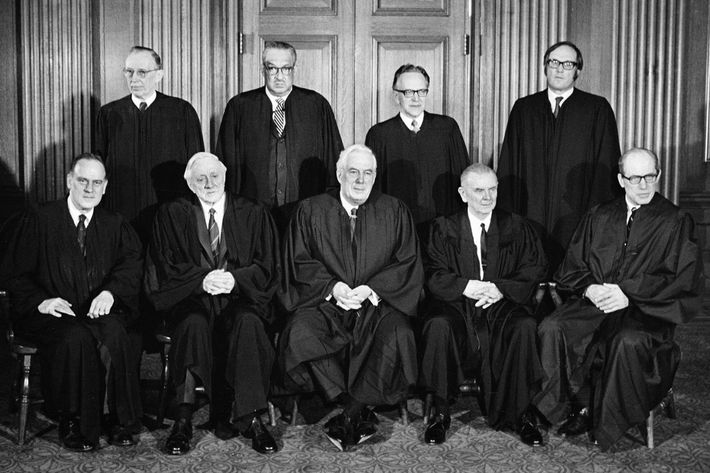
1976: Congress passes the Hyde Amendment, barring the use of Medicaid and other federal funding for abortions.
1982: Pennsylvania passes the Abortion Control Act, which imposes a 24-hour waiting period, requires married women to inform their husbands, and mandates parental consent for minors.
1984: A clinic and two doctors’ offices in Pensacola, Florida, are bombed by abortion opponents.
1992: Planned Parenthood v. Casey affirms the core ruling of Roe v. Wade but also upholds much of the Abortion Control Act. States will be allowed to restrict abortion access short of imposing an “undue burden.”
1993: Dr. David Gunn is shot and killed by a protester outside his clinic in Pensacola, the first known killing of an abortion provider in the U.S.
1994: In May, in the wake of Dr. Gunn’s murder, Congress passes the Freedom of Access to Clinic Entrances Act (FACE), which makes it a federal crime to block access to reproductive health care.
1994: In July, Dr. John Bayard Britton and a clinic volunteer are shot and killed outside a Pensacola clinic. In December, two are killed and five are wounded during a shooting rampage at two Massachusetts abortion clinics.

1998: In January, a nail bomb explodes outside a clinic in Birmingham, Alabama, killing a guard and maiming a nurse. Later that year, James C. Kopp shoots Dr. Barnett Slepian, a Buffalo abortion doctor, through his kitchen window.
2000
2000: In June, the Nebraska statute banning “partial-birth abortion” is ruled unconstitutional because it doesn’t make an exemption for preserving the life of the mother, invalidating 29 other state laws.
2000: In September, the FDA approves the abortion pill mifepristone (RU-486) after a decade-long campaign by activists and health-care providers.
2003: Norma McCorvey (“Jane Roe”), who says she regrets her role in the landmark court case, files a motion with a U.S. District Court in Dallas to overturn Roe v. Wade.
2007: The Supreme Court effectively reverses its 2000 ruling on “partial-birth abortion,” upholding a 2003 federal law banning the procedure.
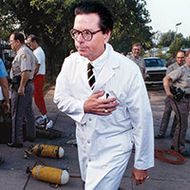
2009: Dr. George Tiller, one of few providers of late-term abortions, is shot and killed while attending church in Kansas.
2015: In March, 33-year-old Indiana woman Purvi Patel is sentenced to 20 years after self-aborting with medication she ordered online. In December, 31-year-old Tennessee woman Anna Yocca is charged with first-degree attempted murder for trying to self-abort with a coat hanger.
2015: In June, the Dutch pro-choice group Women on Waves sends a drone carrying packages of abortion pills on its maiden flight from Germany to Poland, where abortion is severely restricted. The official number of abortions performed in Poland, a country of 38 million, is only about 750 per year, but Women on Waves says the real number is closer to 240,000.

2015: In November, Robert L. Dear Jr. opens fire at a Planned Parenthood in Colorado Springs, killing three and wounding nine. A self-described “warrior for the babies,” he is later found mentally incompetent and unfit to stand trial.
2016: States have enacted 1,074 abortion restrictions since Roe v. Wade, more than a quarter of them since 2010.